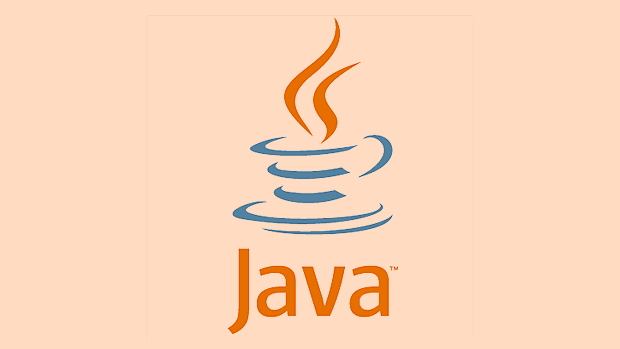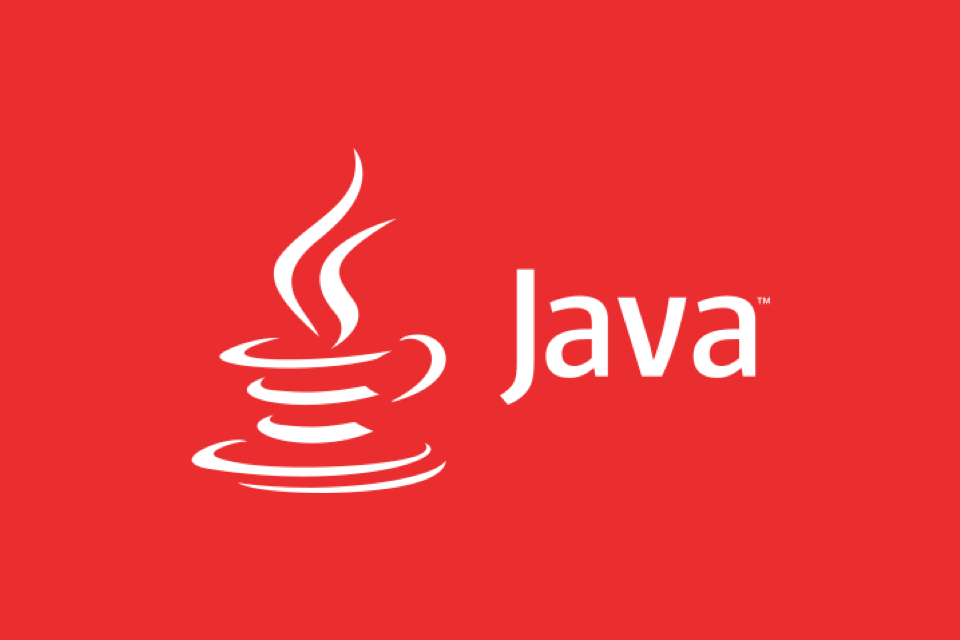Garbage collection (GC) is the core mechanism of Java's automatic memory management, used to identify and free objects that are no longer in use to avoid memory leaks. 1. Garbage objects refer to objects that are no longer referenced by any root object; 2. The basic process of GC includes marking surviving objects and recycling unlabeled objects; 3. Common garbage collectors include Serial GC, Parallel Scavenge, CMS, G1, ZGC/Shenandoah, which are suitable for different scenarios; 4. Methods to optimize GC performance include reasonably setting the heap size, selecting appropriate algorithms, monitoring logs, avoiding memory leaks, and reducing temporary object generation. By understanding the GC mechanism, code efficiency and system tuning capabilities can be improved.

Java's Garbage Collection (GC) mechanism is the core part of Java's automatic memory management. Its main function is to automatically identify and free up memory space occupied by objects that are no longer in use, thereby avoiding the problems caused by memory leakage and manual memory management.

What is a garbage object?
In Java, an object is called a "garbage object" if it is no longer referenced by any "root object" (such as local variables, static class attributes, etc. in the thread stack). GC scans these objects regularly and recycles the memory they occupy.

To give a simple example: when you create an object Person p = new Person(); and then execute p = null; , if no other reference points to this Person instance, it becomes a garbage object, waiting for GC to recycle.
The basic process of Java garbage collection
Java garbage collection usually includes two basic steps:

- Mark : GC scans all reachable objects and marks them as "survival".
- Sweep or Compact : Unmarked objects are treated as garbage and their occupied memory will be recycled. Some GC algorithms also organize surviving objects to reduce memory fragmentation.
The specific implementation methods of different garbage collectors vary slightly. For example, some will collect in generations (such as Serial and Parallel Scavenge), while others will collect in full heap (such as G1).
What are the common garbage collectors in Java?
Currently common garbage collectors include the following types, which are suitable for different usage scenarios:
- Serial GC : Single-threaded recycler, suitable for small memory and single-core CPU scenarios.
- Parallel Scavenge : a multi-threaded recycler that focuses on throughput and is suitable for background computing services.
- CMS (Concurrent Mark Sweep) : Low latency is preferred, suitable for response time-sensitive applications, but it is prone to memory fragmentation.
- G1 (Garbage First) : takes into account both throughput and latency, suitable for large piles of memory, a modern mainstream choice.
- ZGC/Shenandoah : A new generation of GC with ultra-low latency suitable for high concurrency systems that require millisecond pauses.
You can use the JVM startup parameters to specify which garbage collector to use, for example -XX: UseG1GC is to enable G1.
How to optimize Java garbage collection performance?
Optimizing GC performance can start from the following aspects:
- Reasonably set the heap size : set
-Xmsand-Xmxaccording to the application load to avoid frequent Full GC. - Choose the right GC algorithm : Choose a low-latency or high-throughput recycler based on the type of service.
- Monitor GC logs : Use
-Xlog:gc*or third-party tools such as VisualVM, JConsole, Prometheus Grafana to observe GC behavior. - Avoid memory leaks : Check for unnecessary long-lifetime objects holding large amounts of memory.
- Reduce temporary object generation : Try to multiplex objects to reduce the frequency of Minor GC.
If you find that applications often have a long-term Full GC, or the elderly have grown too fast, you may need to adjust the heap configuration or troubleshoot memory problems in the code.
Basically that's it. Understanding the Java garbage collection mechanism will not only help you write more efficient code, but also be more confident when tuning the system.
The above is the detailed content of How does Java Garbage Collection work?. For more information, please follow other related articles on the PHP Chinese website!

Hot AI Tools

Undress AI Tool
Undress images for free

Undresser.AI Undress
AI-powered app for creating realistic nude photos

AI Clothes Remover
Online AI tool for removing clothes from photos.

Clothoff.io
AI clothes remover

Video Face Swap
Swap faces in any video effortlessly with our completely free AI face swap tool!

Hot Article

Hot Tools

Notepad++7.3.1
Easy-to-use and free code editor

SublimeText3 Chinese version
Chinese version, very easy to use

Zend Studio 13.0.1
Powerful PHP integrated development environment

Dreamweaver CS6
Visual web development tools

SublimeText3 Mac version
God-level code editing software (SublimeText3)

Hot Topics
 How to iterate over a Map in Java?
Jul 13, 2025 am 02:54 AM
How to iterate over a Map in Java?
Jul 13, 2025 am 02:54 AM
There are three common methods to traverse Map in Java: 1. Use entrySet to obtain keys and values at the same time, which is suitable for most scenarios; 2. Use keySet or values to traverse keys or values respectively; 3. Use Java8's forEach to simplify the code structure. entrySet returns a Set set containing all key-value pairs, and each loop gets the Map.Entry object, suitable for frequent access to keys and values; if only keys or values are required, you can call keySet() or values() respectively, or you can get the value through map.get(key) when traversing the keys; Java 8 can use forEach((key,value)->
 Comparable vs Comparator in Java
Jul 13, 2025 am 02:31 AM
Comparable vs Comparator in Java
Jul 13, 2025 am 02:31 AM
In Java, Comparable is used to define default sorting rules internally, and Comparator is used to define multiple sorting logic externally. 1.Comparable is an interface implemented by the class itself. It defines the natural order by rewriting the compareTo() method. It is suitable for classes with fixed and most commonly used sorting methods, such as String or Integer. 2. Comparator is an externally defined functional interface, implemented through the compare() method, suitable for situations where multiple sorting methods are required for the same class, the class source code cannot be modified, or the sorting logic is often changed. The difference between the two is that Comparable can only define a sorting logic and needs to modify the class itself, while Compar
 How to handle character encoding issues in Java?
Jul 13, 2025 am 02:46 AM
How to handle character encoding issues in Java?
Jul 13, 2025 am 02:46 AM
To deal with character encoding problems in Java, the key is to clearly specify the encoding used at each step. 1. Always specify encoding when reading and writing text, use InputStreamReader and OutputStreamWriter and pass in an explicit character set to avoid relying on system default encoding. 2. Make sure both ends are consistent when processing strings on the network boundary, set the correct Content-Type header and explicitly specify the encoding with the library. 3. Use String.getBytes() and newString(byte[]) with caution, and always manually specify StandardCharsets.UTF_8 to avoid data corruption caused by platform differences. In short, by
 JavaScript Data Types: Primitive vs Reference
Jul 13, 2025 am 02:43 AM
JavaScript Data Types: Primitive vs Reference
Jul 13, 2025 am 02:43 AM
JavaScript data types are divided into primitive types and reference types. Primitive types include string, number, boolean, null, undefined, and symbol. The values are immutable and copies are copied when assigning values, so they do not affect each other; reference types such as objects, arrays and functions store memory addresses, and variables pointing to the same object will affect each other. Typeof and instanceof can be used to determine types, but pay attention to the historical issues of typeofnull. Understanding these two types of differences can help write more stable and reliable code.
 What is the 'static' keyword in Java?
Jul 13, 2025 am 02:51 AM
What is the 'static' keyword in Java?
Jul 13, 2025 am 02:51 AM
InJava,thestatickeywordmeansamemberbelongstotheclassitself,nottoinstances.Staticvariablesaresharedacrossallinstancesandaccessedwithoutobjectcreation,usefulforglobaltrackingorconstants.Staticmethodsoperateattheclasslevel,cannotaccessnon-staticmembers,
 Using std::chrono in C
Jul 15, 2025 am 01:30 AM
Using std::chrono in C
Jul 15, 2025 am 01:30 AM
std::chrono is used in C to process time, including obtaining the current time, measuring execution time, operation time point and duration, and formatting analysis time. 1. Use std::chrono::system_clock::now() to obtain the current time, which can be converted into a readable string, but the system clock may not be monotonous; 2. Use std::chrono::steady_clock to measure the execution time to ensure monotony, and convert it into milliseconds, seconds and other units through duration_cast; 3. Time point (time_point) and duration (duration) can be interoperable, but attention should be paid to unit compatibility and clock epoch (epoch)
 How does a HashMap work internally in Java?
Jul 15, 2025 am 03:10 AM
How does a HashMap work internally in Java?
Jul 15, 2025 am 03:10 AM
HashMap implements key-value pair storage through hash tables in Java, and its core lies in quickly positioning data locations. 1. First use the hashCode() method of the key to generate a hash value and convert it into an array index through bit operations; 2. Different objects may generate the same hash value, resulting in conflicts. At this time, the node is mounted in the form of a linked list. After JDK8, the linked list is too long (default length 8) and it will be converted to a red and black tree to improve efficiency; 3. When using a custom class as a key, the equals() and hashCode() methods must be rewritten; 4. HashMap dynamically expands capacity. When the number of elements exceeds the capacity and multiplies by the load factor (default 0.75), expand and rehash; 5. HashMap is not thread-safe, and Concu should be used in multithreaded
 What is a ReentrantLock in Java?
Jul 13, 2025 am 02:14 AM
What is a ReentrantLock in Java?
Jul 13, 2025 am 02:14 AM
ReentrantLock provides more flexible thread control in Java than synchronized. 1. It supports non-blocking acquisition locks (tryLock()), lock acquisition with timeout (tryLock(longtimeout, TimeUnitunit)) and interruptible wait locks; 2. Allows fair locks to avoid thread hunger; 3. Supports multiple condition variables to achieve a more refined wait/notification mechanism; 4. Need to manually release the lock, unlock() must be called in finally blocks to avoid resource leakage; 5. It is suitable for scenarios that require advanced synchronization control, such as custom synchronization tools or complex concurrent structures, but synchro is still recommended for simple mutual exclusion requirements.






